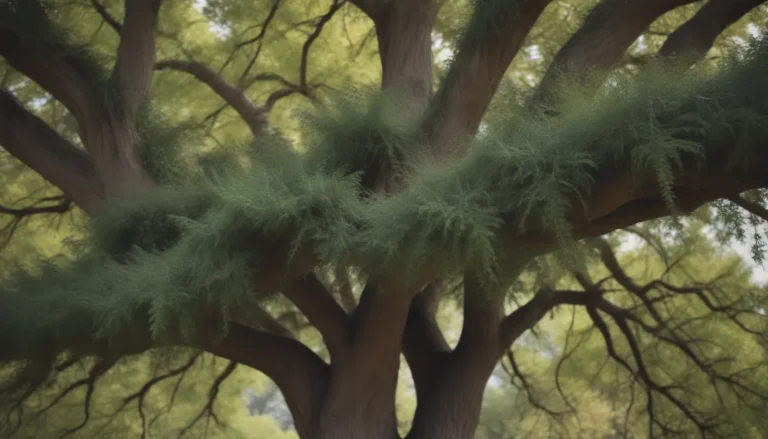Everything You Need to Know about Growing and Caring for Ivory Halo Dogwood

If you’re a fan of ornamental gardening, you’ve probably heard of flowering dogwood trees. But have you ever considered adding a shrub dogwood to your garden or landscape design? Ivory Halo dogwood (Cornus alba ‘Bailhalo’) is a lesser-known but equally striking option to consider. This small shrub-like dogwood boasts dark red twigs that shine against a light or snowy background, making it a standout during the winter months. But its beauty doesn’t end there – the Ivory Halo also features variegated foliage and colorful berries that attract wildlife, making it a year-round favorite for nature lovers.
Ivory Halo Dogwood Care
Taking care of an Ivory Halo dogwood is a breeze as long as you follow a few key maintenance requirements. Here’s what you need to know:
Light
While the Ivory Halo dogwood can tolerate full sun, it’s best to plant it in partial shade to prevent the leaves from scorching in hot climates. Providing the shrub with adequate light will help it produce the beautiful foliage that adds interest to your garden in the spring and summer months.
Soil
Although the Ivory Halo is adaptable to different soil types, it thrives best in organically rich, consistently moist, and well-draining soil with a slightly acidic to neutral pH. Testing the soil’s pH before planting can help you make any necessary adjustments to ensure your shrub’s success.
Water
Consistently moist soil is key to keeping your Ivory Halo dogwood healthy. While the shrub prefers well-draining soil, it can tolerate brief periods of standing water. Make sure to water your plant deeply, especially during the warmer months or after planting, to encourage strong root development.
Temperature and Humidity
Temperature plays a crucial role in the health of an Ivory Halo dogwood. To ensure optimal growth, plant your shrub in partial shade, in a rain garden, or in an area with cool breezes. Additionally, always plant your Ivory Halo in its recommended USDA zones (3 through 7) for the best results.
Fertilizer
While the Ivory Halo dogwood doesn’t require supplemental fertilizer to thrive, using a higher nitrogen fertilizer can promote foliage and stem growth. Avoid fertilizers that promote flowering, as the main attraction of this cultivar is its foliage.
Pruning Ivory Halo Dogwood
Pruning an Ivory halo dogwood is mainly done to encourage new growth or maintain the shrub’s shape. You can trim a quarter to a third of old growth each spring to stimulate new growth. Alternatively, you can cut the shrub down to 6 inches every three years for a rejuvenated appearance.
Common Pests & Plant Diseases
Most pests and diseases that affect Ivory Halo dogwoods are minor nuisances rather than serious threats. Insects like scale and leaf miners can be controlled with pesticides and by removing affected plant material. Common diseases such as canker, leaf spot, and blight can usually be managed by addressing underlying issues like extreme heat or inadequate watering.
If your Ivory Halo dogwood is struggling, it may be due to high temperatures, dry conditions, or shallow soil hindering root development. Providing the right conditions and adequate moisture will help your shrub thrive and grow 6 to 12 inches per year.
In conclusion, Ivory Halo dogwoods are stunning, low-maintenance plants that can enhance any garden with their year-round beauty. By following these care tips and providing the ideal growing conditions, you can enjoy the unique charms of this beautiful shrub in your own outdoor space.





